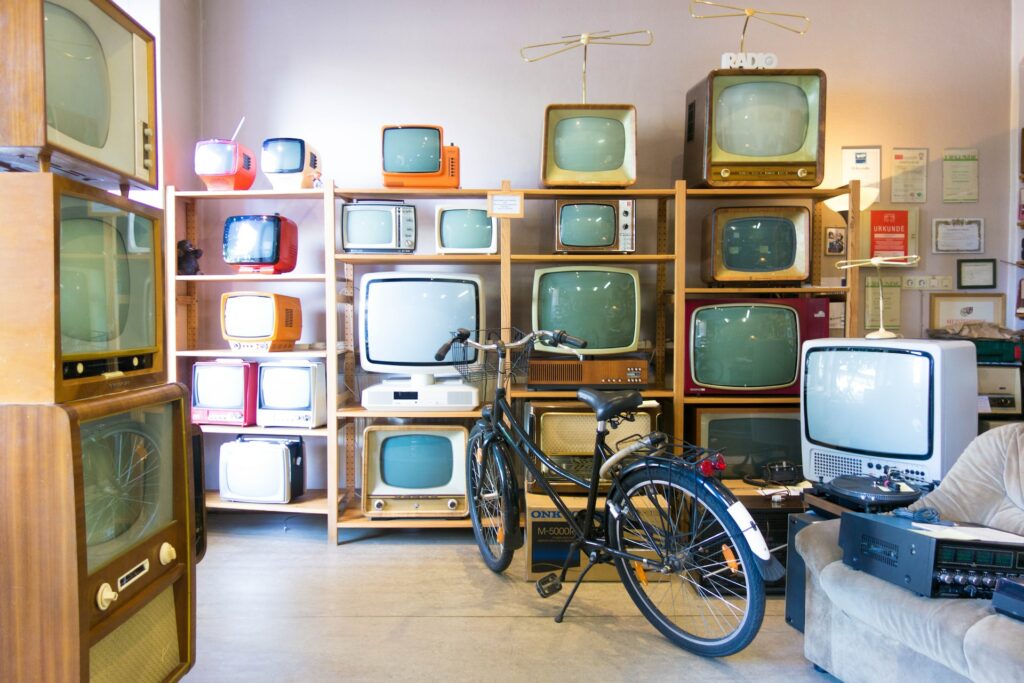Like many countries, the Philippines has experienced advancements in the educational landscape because of the evolution of online distance learning. From the basics of online class correspondence to the sophisticated virtual classrooms of today, the development of e-learning has changed how students study.
With all the ways you can access educational resources nowadays, it’s good to look back and explore how learning transformed into what it is now. Journeying through the remarkable history of online distance learning in the Philippines can give you an appreciation of the key milestones, challenges, and impact of digital education on academia.

What is Online Distance Learning?
E-learning is an educational method that uses technology to facilitate students’ learning experience beyond the confines of physical classrooms. It allows you to access coursework, interact with instructors, and collaborate with peers through various digital platforms.
The key elements of e-learning include:
- Digital Platforms: Learning management systems (LMS), websites, or dedicated online platforms are used as virtual classrooms where course materials and activities are hosted.
- Flexible Access: Accessing course content and resources at your convenience, providing flexibility for those with diverse schedules and commitments.
- Interactive Tools: Online learning often integrates interactive tools like discussion forums, video conferencing, and instant messaging to facilitate communication and engagement within your class.
- Assessment Mechanisms: Assignments, quizzes, and exams are usually conducted online, with the ability to provide immediate scores and feedback.
- Resource Libraries: Digital libraries, e-books, videos, and other multimedia resources are readily available to supplement learning.
Overall, the benefits of online education are linked to its accessibility and the integration of new technological advancements into the various aspects of academia. By utilizing its key elements, you can maximize learning and achieve your academic goals.
How Did Online Distance Learning Evolve?
Online distance learning is not a recent development that happened overnight. In fact, its development has evolved over serval decades dating back to the early 20th century. To understand the timeline, here’s a breakdown of technological advancements that influenced education:
1920s: Correspondence Courses
The concept of delivering educational materials through the postal service allowed students to access academic resources. Learners from different regions of the country received study materials and assignments by mail and then returned their completed work for assessment.
1930s: Radio Education
With the boom of radio broadcasts, it was used to transmit educational content to reach even more remote areas in the Philippines. What started with content like poetry readings, short comedies, and interviews, developed into the integration of more educational radio programs. Eventually, “School on the Air” segments began and facilitated access to quality education for Filipino learners who couldn’t attend traditional schools.
Nowadays, radio education is still being offered to provinces around the country. One of the most recent examples of school-on-the-air programs launched last 2020 by the Agricultural Training Institute (ATI) to continue their training program for rice farmers. The ATI’s goal is to educate Filipino farmers on rice production techniques and technologies.

1950s to 1960s: Educational Television
In the early 50s, the Philippines released the first commercial television broadcast from the Alto Broadcasting System. At that time, broadcasters only showed American TV programs, serials, and movies.
However, popular radio shows that wanted to switch to television broadcasting started buying the rights of the airing American programs. So, shows like Tawag ng Tanghalan, Kuwentong Kutsero, and Student Canteen transitioned from radio to television––programs that later became staples in Filipino TV.
With the popularity of television, studios started developing and broadcasting more educational channels catering to younger audiences. Eventually, shows like Sineskwela, Batibot, Bayani, and many others were made to educate and entertain the youth.
1970s: Audio Tapes and Cassettes
As a form of development from radio broadcasts, the invention of audio tapes and cassettes gave people the ability to play, replay, and record new audio whenever they wanted. Through stereos and other forms of portable audio, Filipinos were able to keep songs and other recordings in their pockets.
With this innovation, audio tapes allowed students to collect and listen to recorded lectures and course materials at their own pace. This technological advancement marked a significant leap in distance learning accessibility.
1990s: Computer-Mediated Instruction
Moving forward from cassette tapes, the innovation of personal computers let the Philippines offer courses on CD-ROMs or via electronic mail. The development of compact discs made for a more portable and affordable alternative to cassette tapes––making it a more popular choice later on.
With the ability to store and send files, lectures were made more accessible to the population. This era marked the educational trend’s transition from analog to digital distance learning.

2000s: Growth of Online Learning
In the late 1990s to 2000s, the University of the Philippines Open University (UPOU) started the integration of online teaching and learning to their traditional program to support distance education in the country. Their system proposed a blended type of learning where students can opt to take classes digitally or in regular classrooms. It can be argued that this educational system was innovated by Polytechnic University of the Philippines’ Open University (PUP OUS) back in the 60s and adopted by UP in the 90s.
The movement from both institutions made education more accessible for Filipino students in the 21st century.
2010s: The Massive Open Online Courses (MOOCs) Movement
As MOOCs like Coursera, edX, and Udacity emerged, they made high-quality and university-affiliated education available to Filipinos. Founded by Stanford University, Massachusetts Institute of Technology, and Harvard University, these MOOCs served as premier affordable education as it was generally offered for free.
And because of these learning platforms, local institutions were led to embrace MOOCs, adapting them into their own universities and expanding options for learners to receive education. For instance, the University of the Philippines adopted its own version of MOOCs by establishing Massive Open Distance e-Learning (MODeL) platform.
2010s to 2020: E-Learning Integration
The Philippine government recognized the potential of e-learning to improve access to education especially in the country’s remote areas. In support, initiatives like the Alternative Learning System (ALS) implemented online learning as a practical substitute for traditional instruction. It’s made to provide basic education for Filipinos who don’t have access to formal studies or out-of-school youth and adults.
2020 to Present: The Effects of the COVID-19 Pandemic on Education
Because of the COVID-19 lockdowns in 2020, most educational institutions were pushed to create curricula that cater purely to online education. And since then, even as society started going back to the norm of face-to-face meetings, e-learning remains to be part of school programs. More institutions are now offering students online courses at more academic levels with access to hybrid learning.
For instance, SHS distance learning has been gaining more attention from high school students as they move on to pursue further education. Because of this learning mode’s flexibility, more and more students prefer this academic style.

So, Is Online Distance Learning Good in the Philippines?
Generally, the advantages of online education make it a great option for Filipinos. Its accessibility to remote areas, its reduced cost, and increased flexibility make it easy for students to receive education. It’s an option Filipino students should explore and utilize to expand their knowledge.
As technology continues to advance and access to the internet improves, the potential for online distance learning in the Philippines is likely to grow. It’s up to the government, educational institutions, and learners to collaborate and address the challenges of online learning to ensure that Filipinos can access quality education in the digital age.
Achieving Academic Excellence with OEd Senior High School
The evolution of online distance learning in the Philippines is a testament to the nation’s commitment to education. From the humble beginnings of correspondence courses to the current digital classrooms, this mode of learning has enabled countless Filipinos to access education, regardless of geographical constraints.
Here at OEd, our belief is that online distance learning holds the promise of a more accessible, inclusive, and diverse educational future for the Philippines. We understand the value of digital learning in contributing to brighter careers for Filipinos.
So, in hopes of improving the accessibility of education within the country, we pride ourselves as pioneers in creating a premium online K-to-12 education system in the Philippines. With our curricula, we offer high-quality programs for the various academic tracks in senior high school––offering students more opportunities for further education.
Gain access to our programs through our website or contact us today to learn more about our course offerings!







